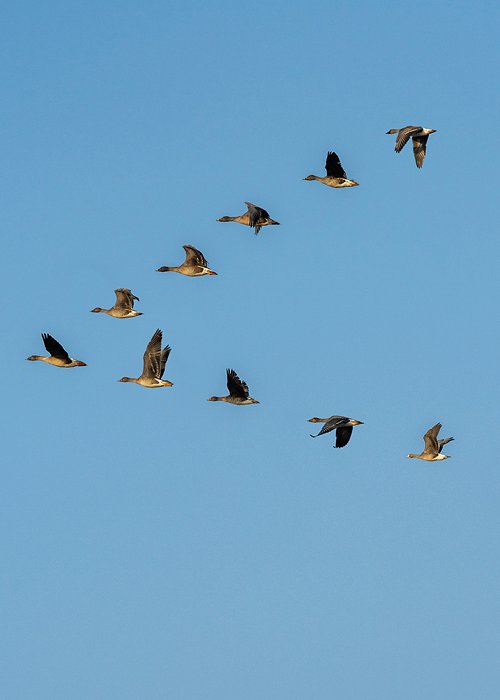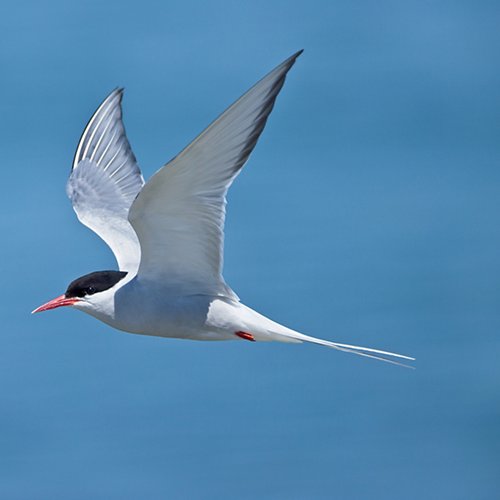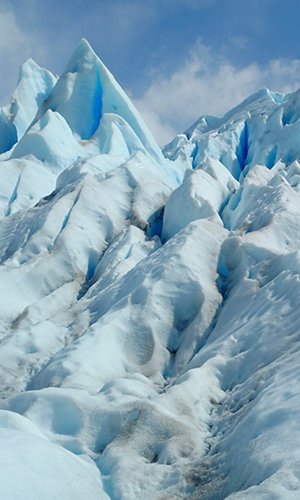To "augur" means to hope or predict that a good thing will happen. You hope for success of a project, an oral test at school, a holiday. The verb to augur has a long and fascinating history. It derives from the Latin words avis, meaning 'bird' and specĕrĕ, meaning 'to watch, to observe' because good omens were once sought by observing the flight of birds. That is, it was believed that by observing how birds fly in the sky you could predict the future—a very romantic idea. Today, we are still enchanted by the acrobatic evolutions of large flocks of birds in the skies over our cities, or by the incredible distances travelled by small birds, like swallows or robins, animals that weigh only a few grams and cover distances of thousands of kilometres.







